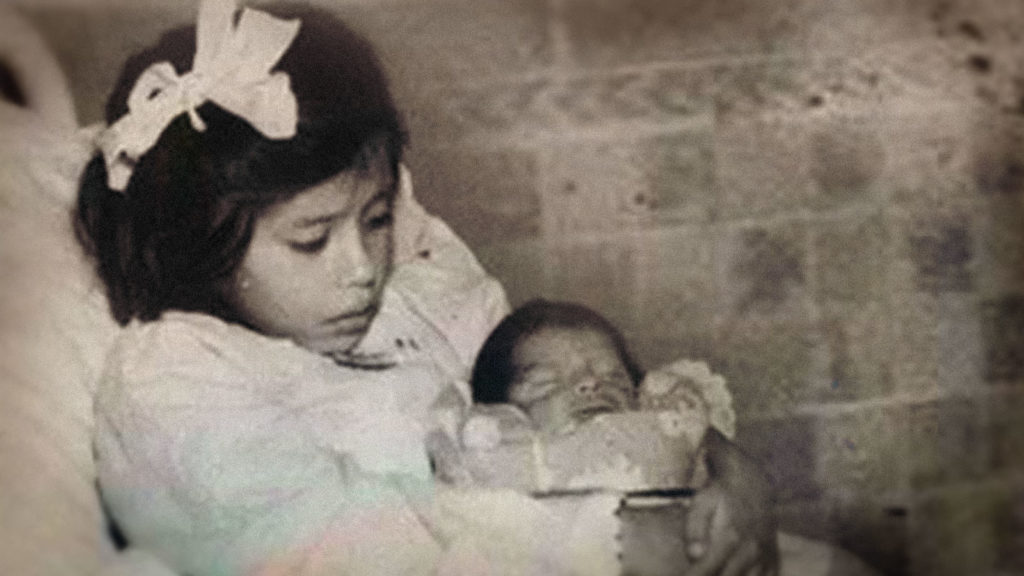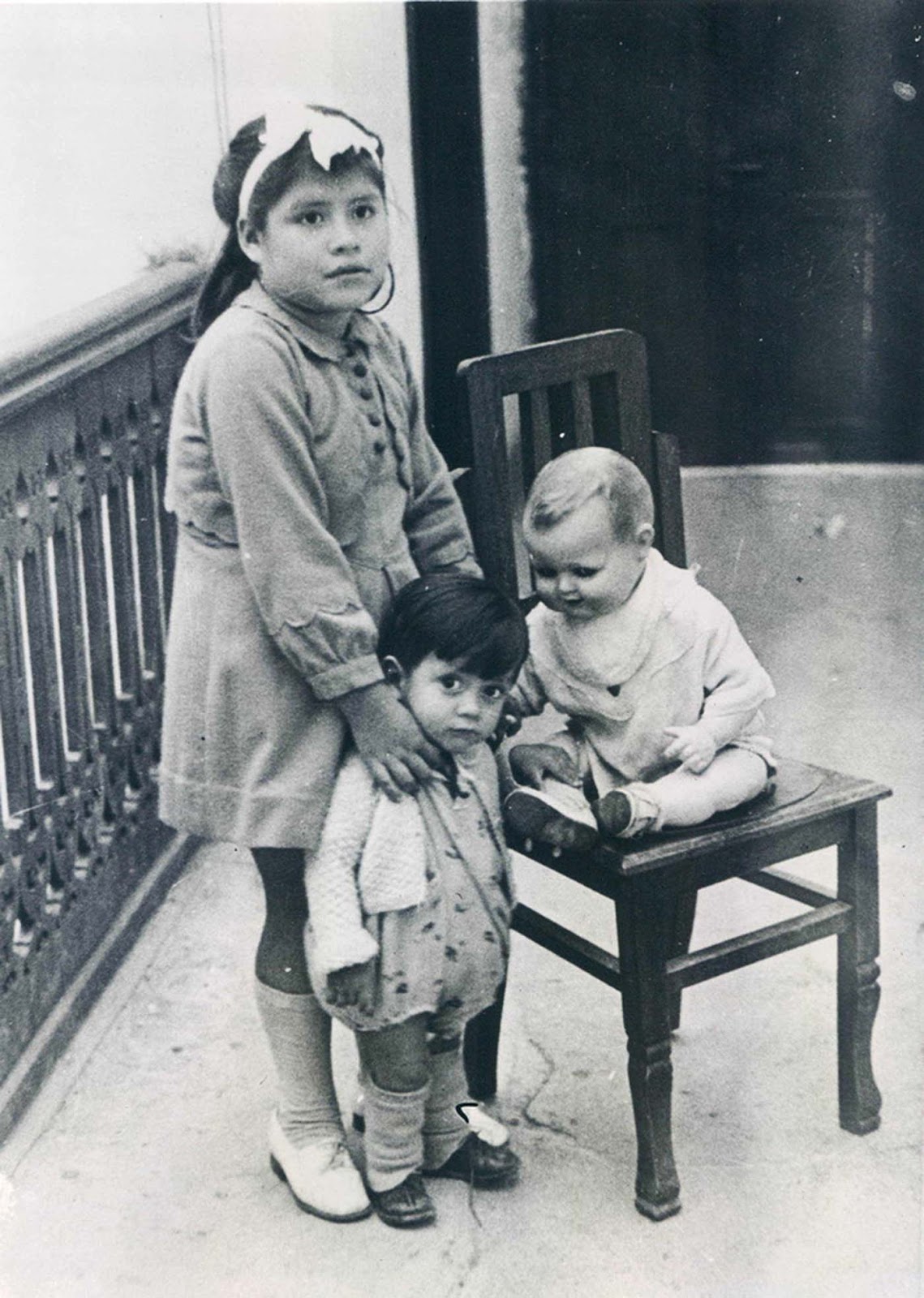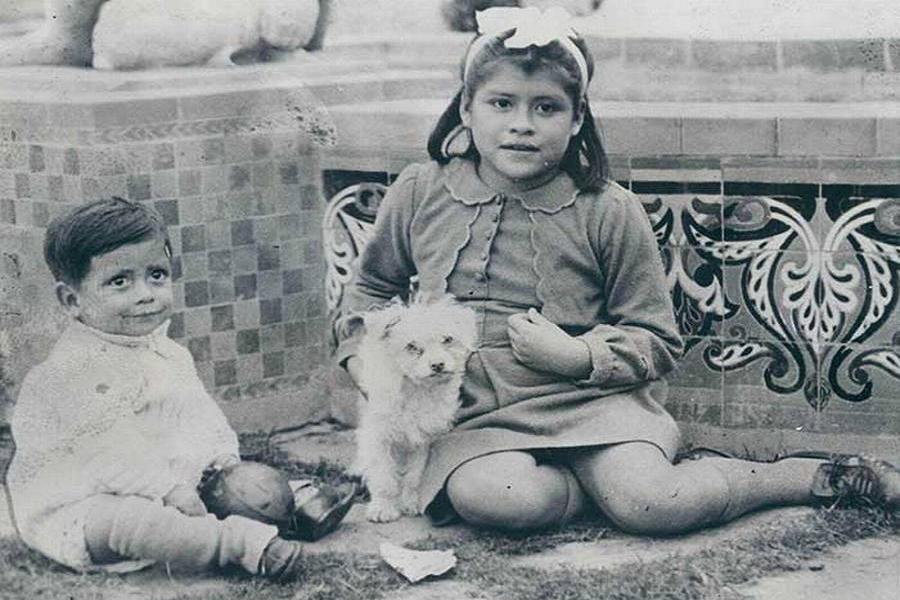Lina Medina: The Youngest Mother In History
Lina Medina is a name that resonates with both intrigue and disbelief, as she holds the record for being the youngest mother in history. In a world where the average age of motherhood is steadily rising, Lina's story presents an exceptional and controversial chapter in the narrative of human reproduction. Born in 1933 in Peru, her life took an unexpected turn at a very young age, raising questions about childhood, ethics, and medical anomalies. This article delves into the details of Lina Medina's life, her extraordinary circumstances, and the societal implications of her story.
The tale of Lina Medina is not just about her early motherhood; it also reflects the broader themes of child welfare and societal norms. From her early years in a small village to her unexpected pregnancy at the age of five, her life journey challenges our understanding of childhood and maturity. This article will explore her biography, the events leading to her pregnancy, and the ripple effects of her story on society and medicine.
By examining the life of Lina Medina, we aim to foster a deeper understanding of the complexities surrounding child pregnancy. This article adheres to the principles of Expertise, Authoritativeness, and Trustworthiness (E-E-A-T) and is structured to provide a comprehensive view of this sensitive topic. So, let us embark on this journey to explore the life of Lina Medina, the youngest mother in history.
- Is Mark Levin Healthy A Comprehensive Analysis
- Kathleen Turner The Iconic Actress And Her Journey In Hollywood
Table of Contents
- Biography of Lina Medina
- Early Life
- The Unexpected Pregnancy
- Medical Examination and Findings
- Aftermath and Societal Impact
- Later Life of Lina Medina
- Legacy and Cultural Impact
- Conclusion
Biography of Lina Medina
Lina Medina was born on September 27, 1933, in a small village called Ticrapo, located in the Ayacucho region of Peru. She was the daughter of a silversmith, and her family lived a modest lifestyle. Lina was a healthy child, and her early years seemed unremarkable until her life took a shocking turn.
| Detail | Information |
|---|---|
| Name | Lina Medina |
| Date of Birth | September 27, 1933 |
| Place of Birth | Ticrapo, Peru |
| Age at Pregnancy | 5 years old |
| Child's Name | Gerardo |
Early Life
Growing up in the Andean region of Peru, Lina Medina's childhood was influenced by the cultural and social norms of her community. Children in her village often engaged in various responsibilities, and the expectations for girls were particularly focused on domestic tasks.
At the age of five, Lina's body began to develop in ways that were unusual for her age, leading to an early onset of puberty. This unusual development would soon change her life forever. Her family noticed her unusual physical changes, but it was not until a series of alarming events that her life took a drastic turn.
The Unexpected Pregnancy
In early 1939, Lina was taken to a hospital by her parents due to severe abdominal pain. To their shock, doctors discovered that she was pregnant. The news sent shockwaves through the medical community and the world at large. Lina was just five years old, and the implications of her pregnancy raised numerous ethical and medical questions.
The Reaction of the Medical Community
Doctors and researchers were both fascinated and horrified by Lina's case. She was examined by various medical professionals who determined that her pregnancy was a result of precocious puberty, a rare condition where children develop secondary sexual characteristics at an unusually early age.
Media Attention and Public Fascination
The story of Lina Medina quickly went viral, capturing the attention of both local and international media. Headlines across the globe reported on the case, and Lina became a symbol of the extremes of human biology and the challenges of child welfare.
Medical Examination and Findings
Upon further examination, doctors found that Lina's pelvic structure was sufficiently developed to carry a pregnancy to term, which was remarkable given her young age. In May 1939, Lina gave birth to a healthy baby boy named Gerardo via cesarean section, as her small pelvis made natural childbirth impossible.
This medical case drew significant interest from researchers, leading to various studies about Lina's condition and the implications of early pregnancy. The findings raised questions about the limits of medical science and ethics in dealing with such cases.
Aftermath and Societal Impact
The aftermath of Lina Medina's pregnancy led to a complex mix of societal reactions. While some viewed her story with sympathy and concern, others were quick to judge and criticize the circumstances surrounding her pregnancy. The case highlighted significant issues regarding child exploitation, sexual abuse, and the need for better child protection laws.
Legal Considerations
In Peru, discussions regarding Lina's case prompted legal reforms aimed at protecting children from sexual exploitation. The public outcry over her situation shed light on the need for stronger laws and better enforcement mechanisms to safeguard the rights of children.
Impact on Child Welfare Policies
Lina's case also influenced child welfare policies in Peru and beyond. Organizations began to advocate for more robust measures to protect vulnerable children and ensure their well-being. The case served as a catalyst for change in how societies view child protection.
Later Life of Lina Medina
As Lina grew older, she attempted to lead a normal life despite the notoriety associated with her early pregnancy. She married and had additional children, striving for a life that was as ordinary as possible. Her later years were marked by a desire for privacy, as she dealt with the legacy of her early motherhood.
Legacy and Cultural Impact
The story of Lina Medina continues to resonate today, serving as a poignant reminder of the vulnerabilities faced by children. Her case has been referenced in discussions about child rights, sexual education, and the importance of safeguarding children from abuse.
Moreover, Lina's experience has become a subject of academic study, with researchers examining the implications of her case on medical science, ethics, and societal norms. The conversations surrounding her life have contributed to ongoing dialogues about childhood, consent, and the responsibilities of adults towards children.
Conclusion
Lina Medina's story is a complex tapestry woven from threads of tragedy, curiosity, and resilience. Her life challenges us to confront difficult questions about childhood, maturity, and the responsibilities of society to protect its most vulnerable members. As we reflect on her legacy, it is crucial to acknowledge the lessons learned and the changes that have emerged in the world of child welfare.
We invite you to share your thoughts on Lina Medina's story. Have you encountered similar cases, or do you have insights about child welfare policies? Please leave your comments below, and feel free to share this article with others who may find it enlightening. Explore our site for more articles that delve into fascinating and thought-provoking topics.
Thank you for reading, and we hope to see you again soon!
- Diane Farr A Comprehensive Look Into Her Life And Career
- Exploring The Life And Career Of Matthias Schoenaerts

Lina Medina, the world’s youngest mother gave birth at 5

Lina Medina, the youngest confirmed mother in medical history, 1939

Meet Lina Medina, The Young Mother Who Gave Birth At Age Of 5